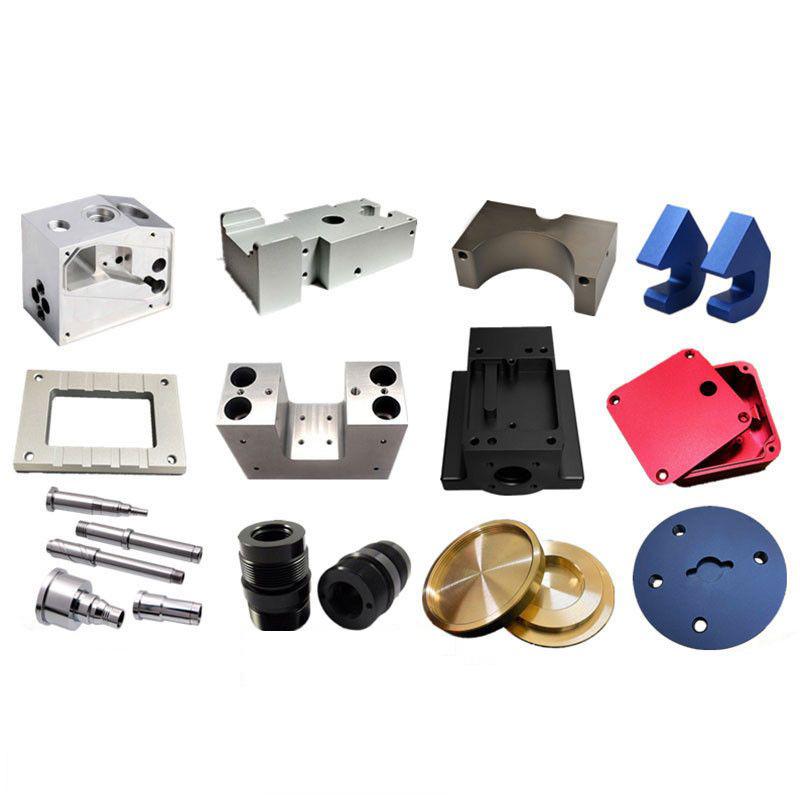The definition of precision metal parts processing is to complete the final processing of the main surface according to the steps, including the workpiece parallelism, surface finish, surface perpendicularity, surface hardness and so on, so that the machining precision and machining surface quality of the parts meet the requirements of the drawing.

Parallelism requirements for precision metal parts processing
The so-called parallelism requirement is the requirement of the tolerance around the workpiece, such as rectangular workpiece, it requires the thickness of the four corners of the workpiece to reach a certain tolerance range. If the thickness of the four sides is not up to the tolerance requirements, the parallelism requirements can not be met. This is to readjust the workpiece, the problem may appear in the grinder sucker, sucker due to overuse, wear, resulting in parallelism error; It may also be that the grinding wheel is not properly trimmed, or the grinding wheel is cracked and notched, then it is necessary to grind the grinding wheel again. It may also be that the suction cup has not been cleaned, so it is necessary to clean the suction cup again and clean it carefully. It may also be that the workpiece is not properly trimmed and there are burrs.
Verticality requirements for precision metal parts processing
The so-called perpendicularity requirement is that the side of the workpiece and the ground meet the tolerance requirements. What is best understood is the proper body, which is divided into three sides XYZ on the number line and generally requires that XZ and YZ meet the tolerance requirements. The error is roughly equal to the requirement for parallelism. Generally in accordance with the requirements of parallelism can be dealt with.
Other requirements for precision metal parts machining
For example, finish. Is required to achieve, such as mirror effect.
The above is the understanding of Asset metal precision. A thousand readers have a thousand Hamlets. The view of Asset metal precision may not represent all people's views.


 +8613538580966
+8613538580966

